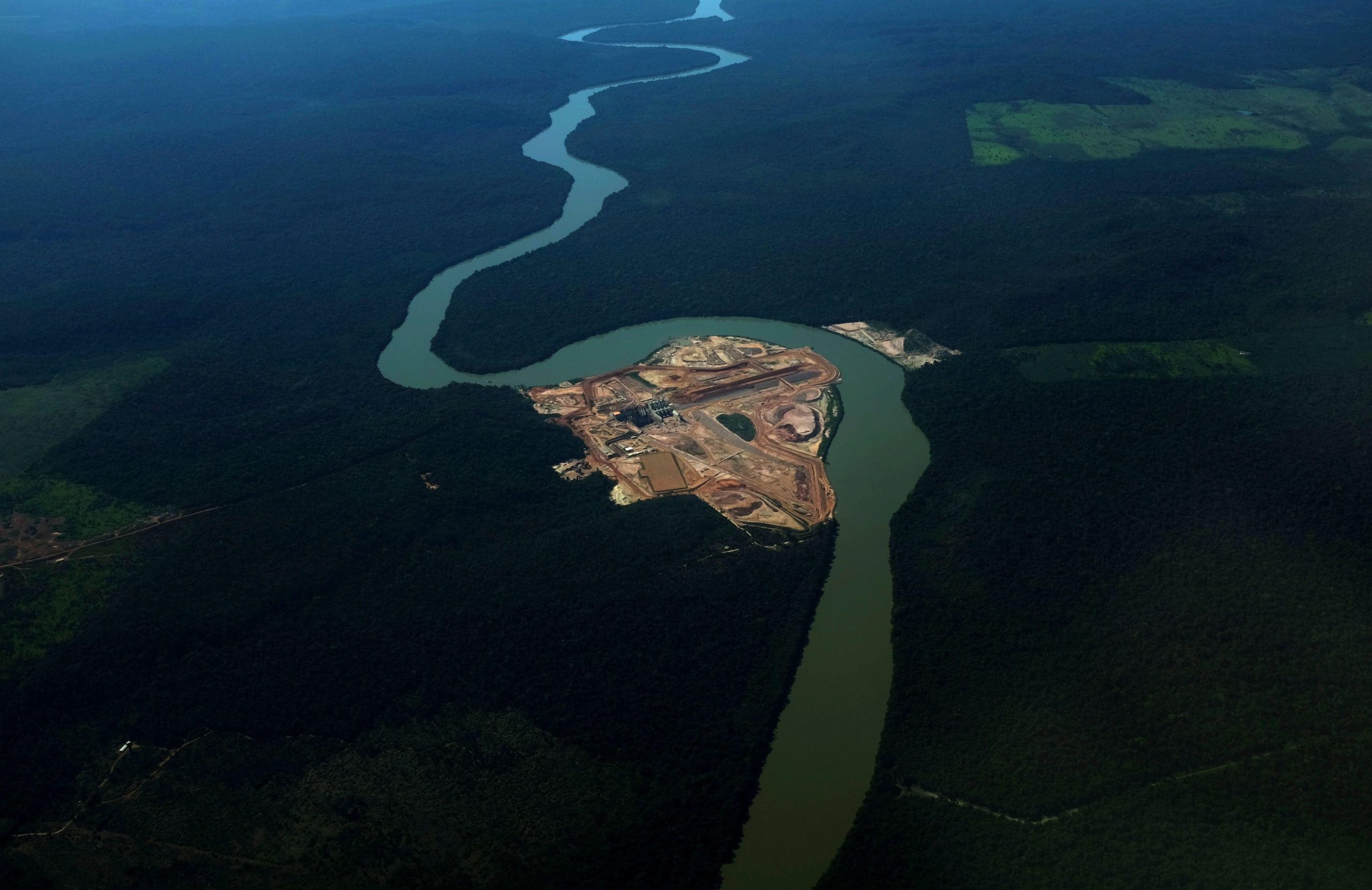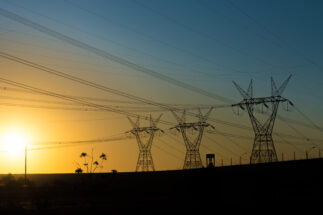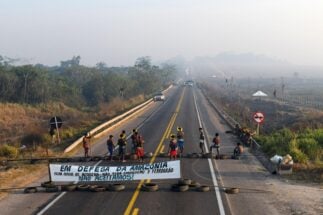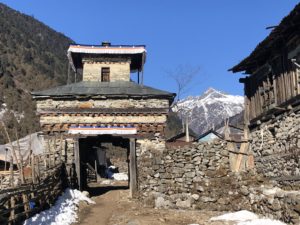Seemingly out of nowhere, and after almost ten years without bids for new medium- or large-scale hydropower projects in Brazil, the federal government revealed in January that it is studying the possibility of three large plants in the Tapajós River basin, in the northwest of the state of Pará, in what is one of the best preserved areas of the Amazon.
“There was no prior conversation or announcement to the market. It was a real surprise,” said Roberto Kishinami of the Institute for Climate and Society Institute (ICS), an NGO based in Rio de Janeiro.
The possible resumption of such large-scale projects in the planet’s largest tropical forest has emerged in an election year for Brazil, as debates around climate change intensify. Last year, Brazil experienced its worst drought in over a century, exacerbated by global warming – for which a better preserved Amazon is seen as part of the solution.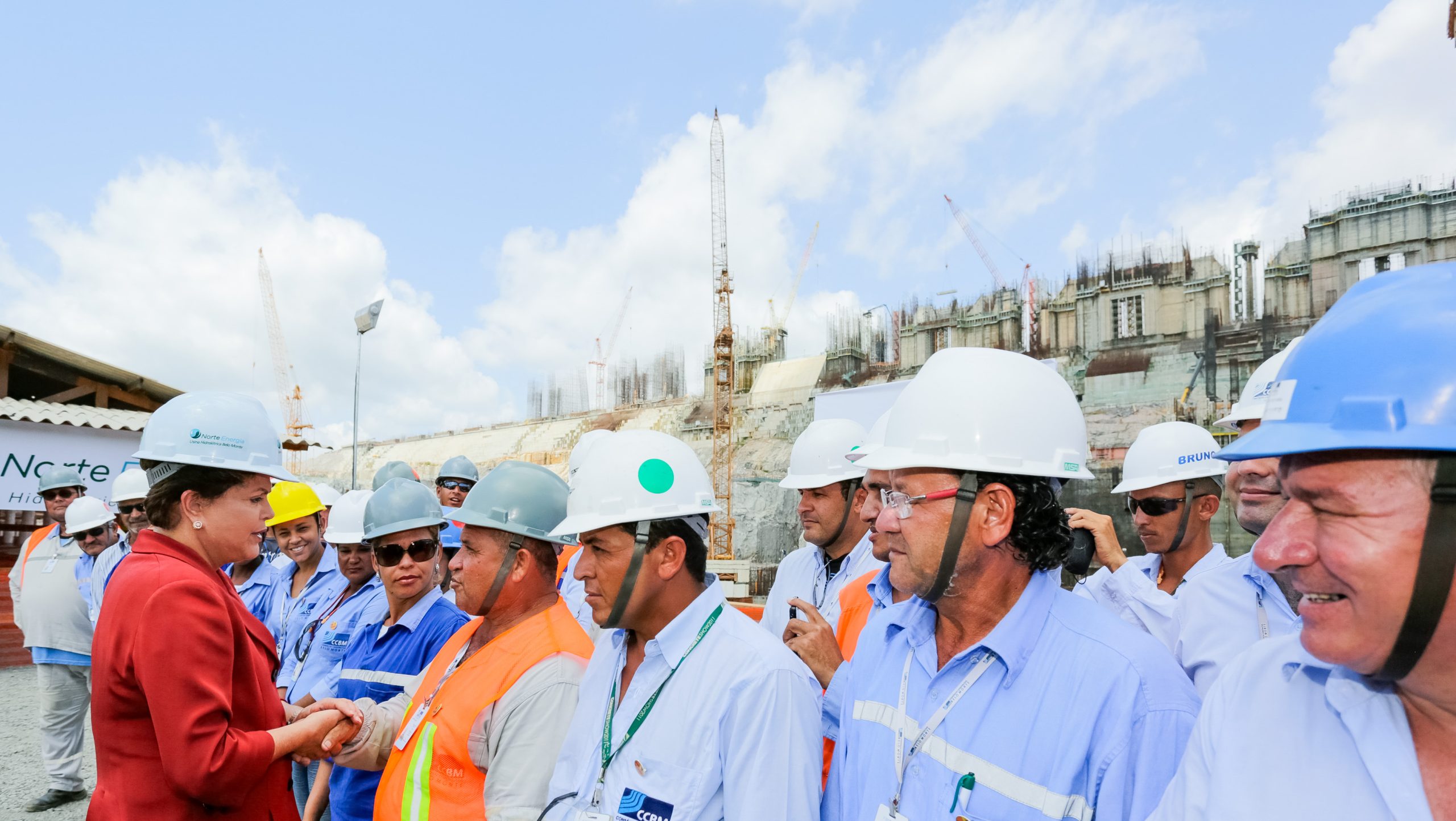
Dams awaken outmoded energy plans
January’s announcement revived energy plans that seemed to have been consigned to the past. “In the 21st century, we have to look for alternative ways of generating energy,” said Juvêncio Cardoso, a researcher from the Federal University of Amazonas.
“Dams change the natural course of water, impacting biodiversity, the fish population and the lives of the peoples of the Amazon,” added Cardoso, who is also a leader of the Baniwa people and a teacher in the Alto Rio Negro indigenous territory, near the border with Colombia in Amazonas state.
Activist Antônia Melo, who in 2014 was evicted from her home in Altamira, northern Pará, when the Belo Monte mega-dam was under construction, said: “The experience of the peoples of the Xingu is that hydroelectric dams in the Amazon do not work. It doesn’t bring development and it’s not sustainable.”
The myth of hydroelectricity as a low-emission source has fallen apart
Inaugurated in 2016 by then president Dilma Rousseff, Belo Monte marked the end of a wave of building large hydropower projects in the Amazon, which began a few years earlier under her predecessor, Luiz Inácio Lula da Silva.
Belo Monte’s construction was marred by severe social and environmental problems that led to the Organization of American States filing a complaint against the Brazilian government. Riverside families were forcibly removed from their land and the livelihoods of the indigenous people of the Xingu’s Volta Grande region, home to several protected territories, altered drastically, with lower river levels recorded. The lack of planning for the arrival of 25,000 labourers to the region’s urban centres led to surging levels of violence, especially against women.
Belo Monte was also the target of hundreds of lawsuits and corruption investigations. The project’s infamy helped bury the debate on new dams in the Amazon – until now.
“The maxim was: no hydroelectric dams in the Amazon, no way,” said Luiz Eduardo Barata, an energy consultant who between 2016 and 2020 was director of the National Electric System Operator (ONS), the body responsible for energy planning in Brazil.
Dozens of dams in the Amazon
Research by Diálogo Chino, based on data from the Brazilian Electricity Regulatory Agency (ANEEL) shows that, besides the 32 hydroelectric power plants that currently operate in the Amazon, 31 are in the planning stages. A further 57 sites in the region have been identified as highly promising, in terms of their hydropower potential. Projects may or may not materialise, depending on proper feasibility studies, investor interest and political will. All these projects, their capacities and owners can be explored in the interactive map below.
Chinese-backed hydro plants
Caution is growing but there are already major investments in Amazon hydropower from Portuguese, Spanish, Canadian, German, Italian and French companies. Chinese companies have invested in six of the 63 plants that are already operating or are planned, data shows. The pandemic slowed a longer-term uptick in Chinese interest in the Brazilian energy sector, but it could now pick up again.
Chinese interest in hydro
Of the 63 hydroelectric plants that are already operating or planned in Brazil, six have Chinese involvement, Diálogo Chino’s investigations found.
In Rondônia state, a deal for the acquisition of the Santo Antônio power plant on the Madeira River by the Chinese State Power Investment Corporation (SPIC) stalled in 2019. Despite a challenging political climate, the deal is back on the table, according to Charles Tang, president of the Brazil-China Chamber of Commerce.
“It has become much more difficult to travel, and face-to-face is important. But there is a second reason for the slower pace of business: the government has not been friendlier with the Chinese,” Tang said, referring to President Jair Bolsonaro’s antagonism towards China.
Bolsonaro is running for re-election later this year. Amazon deforestation has hit record highs under his watch and he has dismantled environmental protection agencies. And although Bolsonaro revived the debate about Amazon hydropower, both his record, and that of main opposition candidate Lula, who presided over the past dam-building boom, suggest a possible revitalisation of the controversial energy source. “In addition to destroying everything, this government is announcing more plants in the Amazon,” Melo said.
The building of large dams in the Amazon could return even bigger than before in the event of a new Lula government
Amid a pandemic-induced economic slump that has thrown thousands of Brazilians back into poverty, analysts fear that Worker’s Party candidate Lula, who currently leads the polls, could revive Amazon hydropower development as a strategy to boost the economy. “The project of building large hydroelectric dams in the Amazon is not only not over, but I suspect that it could return even bigger [than before] with an eventual Lula government,” Kishinami said.
“Hydroelectric dams mobilise a lot of capital, and it looks good for a government to say that it is inaugurating the second or third largest hydroelectric dam in the world,” said Roberto Schaeffer, a professor of energy planning at the Federal University of Rio de Janeiro (UFRJ).
Poor geographical and climate conditions
Research published in the journal Nature in 2019 found that the Brazilian Amazon has uniquely bad conditions for the construction of hydropower plants. Beyond the inherent socio-environmental impacts of large-scale projects in the middle of the rainforest, the region is very flat, so any reservoir requires flooding huge areas.
“The social and environmental impact of hydroelectric power is incomparable to any other type of energy,” said Philip Fearnside, a researcher at Amazon research institute INPA. Among the main consequences is the emission of methane, as the remains of tree trunks and plants decompose at the bottom of the reservoir.
The Nature study also reported how some hydroelectric plants, such as Balbina in Amazonas state, have even been found to be more polluting than coal-fired power plants, in terms of greenhouse gas emissions. With this knowledge, “the myth of hydroelectricity as a low-emission source falls apart,” said Gustavo Pinheiro of ICS.
Below capacity
According to Brazil’s grid operator (ONS), Belo Monte has operated at only 24% of capacity, based on the monthly average of the last five years. It is not the only one: the Tucuruí, Jirau and Santo Antônio hydroelectric plants also performed poorly, with an average capacity of 40%, 49% and 55% respectively.
A standing forest is also vital in order to fend off climate change, and major hydropower development implies deforestation that also contributes to drought. Without rain, there is a lack of water to turn turbines and generate energy, especially in run-of-the-river hydro projects. These do not have sizeable reservoirs to store water for the dry season.
Belo Monte was projected to be Brazil’s largest hydroelectric plant with the capacity to generate 11,233 MW. However, it has been operating with only half of its 18 turbines during the dry season, generating less than 400 MW per month, or 3% of its capacity, according to ONS.
Over the last five years, Belo Monte has operated at an average of only 24% of capacity, ONS says. This problem affects other plants in the Amazon. At Tucuruí, on the Tocantins River, the average was 40%. Jirau and Santo Antônio, both on the Madeira River, operated at an average of 49% and 55% of their capacity, respectively.
“In the last decade, especially, hydro plants have not been able to deliver all the contracted energy due to lack of water. One explanation is that many hydro plants have lost efficiency since they were built, and the other is that in some basins there has been a reduction in rainfall,” Kishinami explained.
The reduction in the size of the Belo Monte reservoir, from 1,225 km2 in the original project to 478 km2, alleviated some civil society resistance to the mega-project. It also made the plant more dependent on rainwater.
From a technical point of view, hydroelectric power in Brazil no longer has a place
Belo Monte quickly proved to be a mistake. But not for lack of warning. In 2015, a study entitled “Brazil 2040”, commissioned by Rouseff’s own government, warned of “falls in the flow of hydroelectric reservoirs” with “enormous impacts” for the national system, “leading to a de-structuring of the system and unacceptable probabilities of [energy generation] deficit”.
Six years later, the worst drought in over 100 years hit Brazil, leading to its lowest ever rates of generation from hydropower. To avoid a blackout, the federal government turned on thermoelectric power plants, a highly polluting and more expensive source of energy. The move resulted in an increase in Brazilians’ electricity bills.
“Reality imposes itself, nature does not respect political decisions, the scenarios in Brazil 2040 are materialising and even worse than scientists predicted. I think this makes the plants unfeasible,” said Pinheiro.
For UFRJ’s Schaeffer, who coordinated the Brazil 2040 study, hydropower’s days could be numbered: “From a technical point of view, hydroelectric power in Brazil no longer has a place.”
Pumped storage and back-up plants
One option for the future of hydropower plants in Brazil is the greater use of the reversible power plant model, in which the water not used during the rainy season is stored in a second reservoir. When water supply is lower or demand for energy is greater, the stored water supplies are pumped back to the plant.
Adjustments to the generation and distribution system could also help ease the dependence on hydropower. Experts unanimously agree that it is necessary to increase the share of wind and solar power in the Brazilian energy matrix. These sources currently account for less than 13% of electricity generated.
“There is a huge space for unconventional renewables, such as wind and solar power plants,” notes Barata, a former director of ONS. “Studies show that up to 40% of our consumption could come from these types of renewables.”
“The hydroelectric dam reservoirs are a huge battery within the system, but today it is impossible for them to stay full because they are generating energy all the time,” Kishinami said.
The equation seems simple: stimulate wind and solar when there is abundant sun and wind and, at times when demand exceeds generation, turn on the hydroelectric turbines. Today, it is the role of thermoelectric plants to back up the system.
“On top of everything, the thermoelectric plant can take several days to reach its full capacity. But in the hydroelectric plant, all you have to do is open the floodgates and in a few seconds it is generating power intensely,” said Kishinami.
For this to work, contracts with hydroelectric plants and the distribution system itself would need to be redrawn to incorporate greater capillarity – the flow of water throgh narrow spaces without relying on external forces, such as gravity.
According to Schaeffer, “a well connected system means that if at a time when there is sun in Bahia and there is a lot of wind in Pernambuco, all the other [hydroelectric plants] must stop generating energy to save water for when we have less”.
Several of these suggestions are included in the Ten Year Energy Expansion Plan 2031, a study by the federal government to guide the the sector. Concluded in January, the document foresees a reduction in the participation of hydroelectric plants in the Brazilian energy matrix – from 58% in 2021 to 45% in 2031 – compensated for by the expansion of wind and solar.
The energy generation debate dominates the conversation around hydropower in the Amazon. But it impacts so much more, according to Kishinami. “It is about the role of the Amazon for the country,” he said.
“We cannot forget that this type of undertaking puts its socio-environmental heritage at risk and leads to the extinction of hundreds of languages.”
